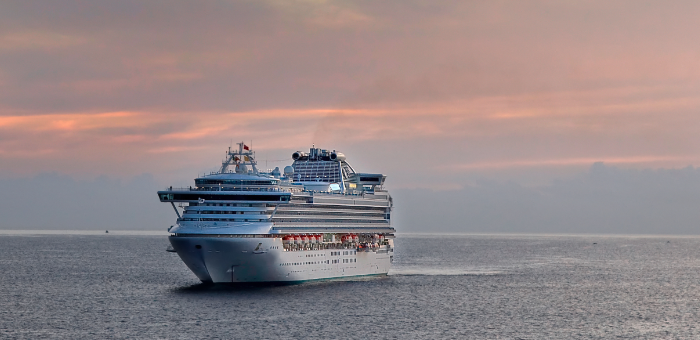Cruise Lines International Association (CLIA) issued the “Global Cruise Industry Environmental Technologies and Practices” report, highlighting the ongoing progress of the cruise industry to reduce its environmental impact.
May cruise ships comprise far less than 1% of the global maritime community, the report notes how cruise lines have taken a leadership role in the adoption of maritime technologies that benefit the entire shipping industry.
In fact, cruise section has invested over $23.5 billion in ships with new technologies and cleaner fuels to reduce air emissions and achieve greater efficiency. This is a $1.5 billion USD increase over the 2019 report findings.
In light of the above, Kelly Craighead, president and CEO of Cruise Lines International Association (CLIA), noted:
With over $23 billion invested in ships with new technologies and cleaner fuels, such as exhaust gas cleaning systems and liquified natural gas, I can only imagine what we will accomplish together in the next ten years and beyond. This report affirms our commitment to environmental sustainability and I commend our members for their continued leadership and demonstration of the highest standards of responsible tourism.
For the records, CLIA cruise lines were the first to publicly commit as a maritime sector, to reduce the rate of carbon emissions by 40% by 2030 compared to 2008.
As noted in the report, CLIA cruise line members continue to work diligently to achieve ambitious goals like this and meet rising expectations.
Findings:
- LNG Fuel* – The 2020 report found 49% of new build capacity will rely on LNG fuel for primary propulsion, a 51% increase in overall capacity compared to 2018.
- Exhaust Gas Cleaning Systems (EGCS)* – More than 69% of global capacity utilizes EGCS to meet or exceed air emissions requirements, representing an increase in capacity of 25% compared to 2018. Additionally, 96% of non-LNG new builds will have EGCS installed, an increase in capacity of 21% compared to 2019.
- Advanced Wastewater Treatment Systems – 99% of new ships on order are specified to have advanced wastewater treatment systems (bringing global capacity to 78.5%) and currently 70% of the CLIA oceangoing cruise line fleet capacity is served by advanced wastewater treatment systems (an increase of 5% over 2019).
- Shore-side Power Capability – In port, cruise ships are increasingly equipped with the technology to allow delivery of shoreside electricity, thus allowing engines to be switched off, and there are many collaborations with ports and governments to increase the availability.
- 75% of the new build capacity is either committed to be fitted with shore-side electricity systems or will be configured to add shore-side power in the future.
- 32% of global capacity (up 13% since 2019) are fitted to operate on shore-side electricity in the 14 ports worldwide where that capability is provided in at least one berth in the port.
The cruise industry works every day to advance its responsible tourism efforts and recognizes that continued and greater investment in research is critical to identifying and producing new fuels and propulsion systems.
…Adam Goldstein, Chairman of CLIA Global concluded.

































































